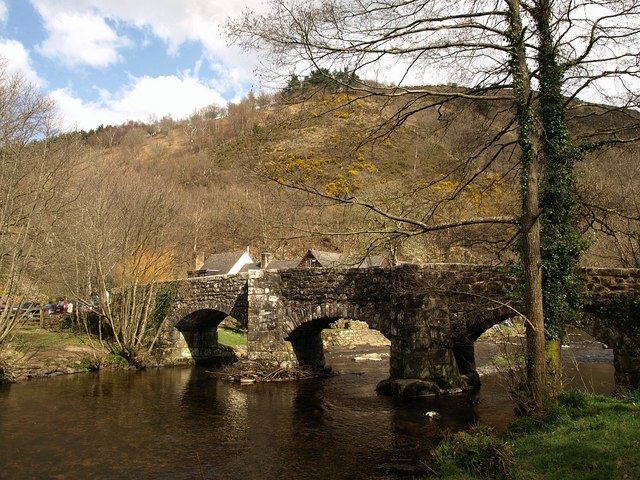Prestonbury Castle on:
[Wikipedia]
[Google]
[Amazon]
 Prestonbury Castle is an
Prestonbury Castle is an
Roman BritainThe Modern AntiquarianThe Dartmoor Archive
Hill forts in Devon {{UK-archaeology-stub
 Prestonbury Castle is an
Prestonbury Castle is an Iron Age
The Iron Age () is the final epoch of the three historical Metal Ages, after the Chalcolithic and Bronze Age. It has also been considered as the final age of the three-age division starting with prehistory (before recorded history) and progre ...
Hill fort
A hillfort is a type of fortification, fortified refuge or defended settlement located to exploit a rise in elevation for defensive advantage. They are typical of the late Bronze Age Europe, European Bronze Age and Iron Age Europe, Iron Age. So ...
on the north east edge of Dartmoor
Dartmoor is an upland area in southern Devon, South West England. The moorland and surrounding land has been protected by National Park status since 1951. Dartmoor National Park covers .
The granite that forms the uplands dates from the Carb ...
in Devon
Devon ( ; historically also known as Devonshire , ) is a ceremonial county in South West England. It is bordered by the Bristol Channel to the north, Somerset and Dorset to the east, the English Channel to the south, and Cornwall to the west ...
, England. Situated on a massive hilltop some above sea level overlooking the Teign
The River Teign is a river in the county of Devon, England. It is long and rises on Dartmoor, becomes an estuary just below Newton Abbot and reaches the English Channel at Teignmouth.
Toponymy
The river-name ''Teign'' is first attested in an ...
Valley, it is located near two other hill forts ( Cranbrook Castle and Wooston Castle) both of which lie about away.Sellman, R. R. (1985) ''Aspects of Devon History'', Devon Books ; Chapter 2; The Iron Age in Devon (Map Page 11 of Iron Age hill forts in Devon includes Prestonbury)
References
External links
Roman Britain
Hill forts in Devon {{UK-archaeology-stub